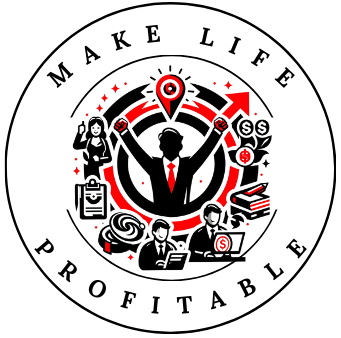
Knowing your audience is like having a compass for your blog. Without it, you might find yourself lost in a sea of uncertainty. The first step is defining who you’re writing for. This means understanding their age, interests, and what keeps them up at night. When you know what your readers care about, you can tailor content that hits home.
Diving into reader feedback is a goldmine. Reader comments, emails, and survey responses offer insights straight from the horse’s mouth. Listen to these voices; they’re telling you what they want more or less of. Addressing these points not only satisfies your current audience but can also attract more like-minded readers.
Building audience personas helps visualize who you’re writing for. Consider creating detailed profiles that outline your ideal reader. These personas guide content decisions, ensuring that you stay relevant and focused. When every article caters to a specific reader type, you enhance connection and trust.
Engagement doesn’t end with content creation. Being active in niche communities where your audience hangs out can boost your standing as an authority. Participate in forums, comment on other blogs, and share useful insights. This interaction can build your reputation and bring your audience closer.
At the heart of it all is creating content that speaks their language. Use the insights gathered to craft posts that are not just informative but also compelling. Remember, when your audience feels heard and valued, they’re more likely to stick around and spread the word.
Creating Quality Content that Resonates and Retains

When it comes to engaging an audience for the long haul, authentic and original content is king. It’s about delivering value and sharing your unique perspective. Readers come to your blog because they’re looking for something they can’t find elsewhere, which is where your personal voice and experiences make the difference.
Telling stories is a powerful way to connect emotionally. A well-told story holds the reader’s attention much longer than dry facts ever could. Whether you’re sharing a personal experience or a lesson learned, weaving stories into your posts helps form a deeper connection with your audience.
Prioritizing E-E-A-T principles—Experience, Expertise, Authoritativeness, and Trustworthiness—is key in crafting your content. These elements build credibility and assure your audience that they’re getting reliable information. Sharing relevant anecdotes or detailed guides can showcase your expertise and instill confidence in your readership.
Remember, your own experiences can be invaluable. They humanize your writing and provide an authentic touch that resonates with readers. By drawing from your own life, you offer genuine insights that can’t be duplicated by anyone else.
To make sure your blog is a pleasant place for visitors, focus on enhancing the user experience. This doesn’t mean overloading your posts with keywords or gimmicks. Instead, aim for an intuitive layout and easy navigation. A clean design and helpful content make readers feel at home, encouraging them to explore and return.
Promoting and Growing Your Blog’s Reach

Expanding your blog’s reach involves more than just producing quality content. Promotion plays a crucial role in getting your work out there and making sure it’s seen by as many people as possible. Start by optimizing your posts for search engines, but always with the reader in mind. Avoid stuffing your text with keywords and instead, focus on creating meaningful content that naturally incorporates these elements based on user intent and questions.
Social media is one of the most effective tools for expanding your audience. Engage with platforms where your target audience is active, like sharing snippets or summaries of your blog posts, responding to comments, and joining relevant groups. Social media is also a great way to start conversations around your content, which can generate interest and attract new readers.
Connecting with fellow bloggers and influencers can open doors to collaborations that elevate your blog’s visibility. This could mean guest posts on other blogs, interviews, or even hosting joint events online. By tapping into their audiences, you’re more likely to gain followers who are interested in your niche.
Emails still rank high in the marketing world. Creating an email list is a classic yet potent method to keep people engaged. Regular newsletters with updates or exclusive content keep your audience connected with your blog. It’s a personal touch that can make a big difference in audience retention.
Understanding data and analytics helps fine-tune your strategy. Keep an eye on what’s working and what’s not by tracking key metrics like page views, bounce rate, and engagement duration. These insights let you refine your approach so that every piece of content and promotion moves you closer to your goals.

